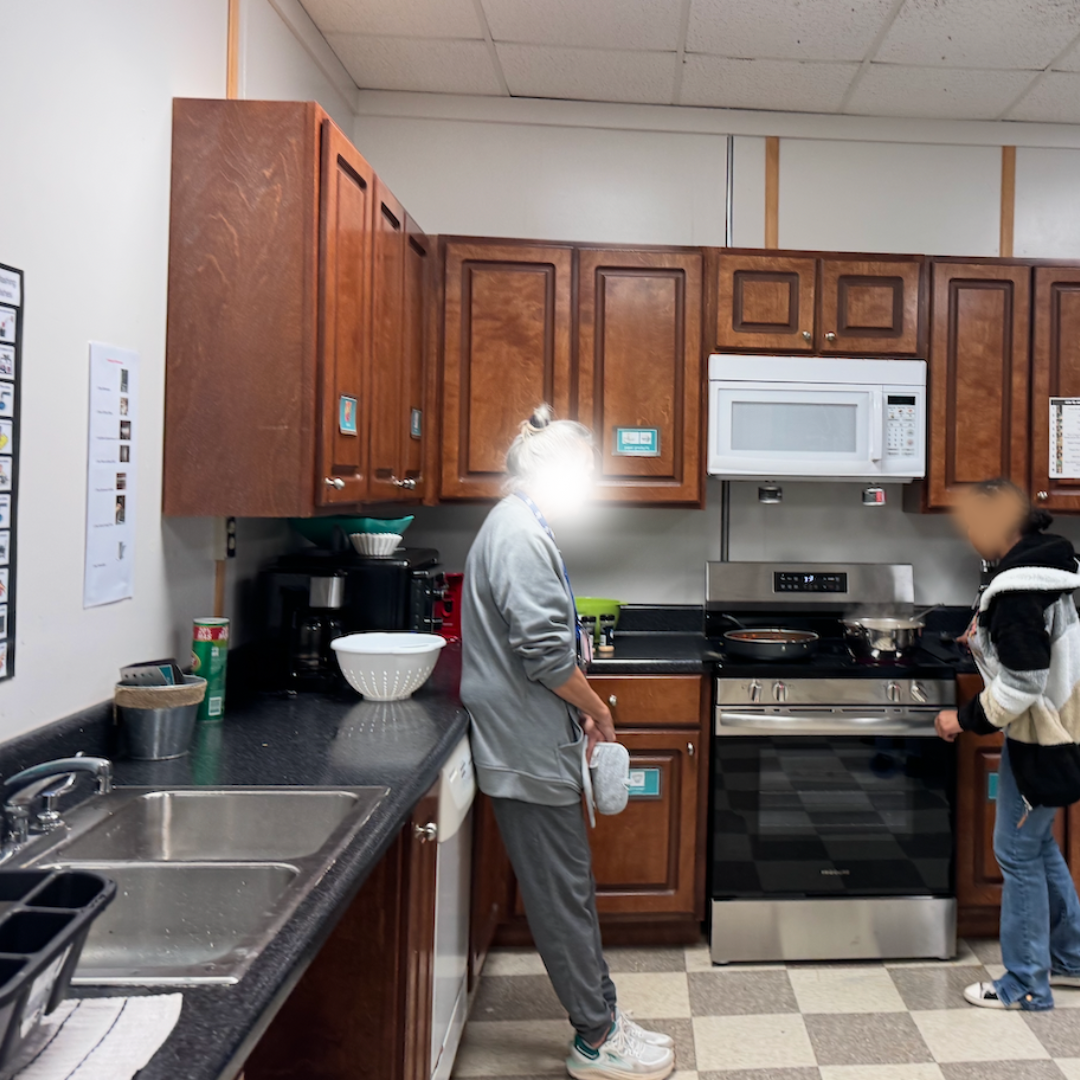What do the experts tell us is important about teaching daily living and social skills?
1. Council for Exceptional Children (CEC) – High Leverage Practices
"Teachers systematically design instruction toward a specific learning goal and adapt as needed based on learner performance."
The CEC’s High-Leverage Practices (2017) emphasize explicit instruction, visual supports, and opportunities for student practice—methods embedded in every lesson plan within this sequence.
📘 CEC (2017). High-Leverage Practices for Students with Disabilities.
2. American Association on Intellectual and Developmental Disabilities (AAIDD) – Supports Model
The AAIDD model emphasizes building adaptive behavior in real-world contexts. ADL instruction directly supports the adaptive behavior domains of personal care, domestic skills, and community use.
📘 Schalock et al. (2010). Intellectual Disability: Definition, Classification, and Systems of Supports.
3. ASHA – Communication Bill of Rights
"All persons, regardless of disability, have a basic right to affect conditions of their own existence through communication."
This framework supports the integration of AAC and communication development into ADL tasks as seen throughout this scope.
📘 National Joint Committee for the Communication Needs of Persons with Severe Disabilities (1992). Communication Bill of Rights.
4. Light & McNaughton – Communication and AAC Integration
"AAC intervention should occur within the context of meaningful, engaging, and motivating activities and routines."
This directly supports embedding communication goals into ADL instruction like brushing teeth, making a snack, or doing laundry.
📘 Light, J., & McNaughton, D. (2012). Supporting the communication, language, and literacy development of children with complex communication needs.
5. Karen Erickson & David Koppenhaver – Comprehensive Literacy for All
"Literacy and communication instruction must be embedded within functional, meaningful routines across the day."
Their work underpins the use of story-based learning, modeling, and core vocabulary integrated in ADL routines.
📘 Erickson, K. A., & Koppenhaver, D. A. (2020). Comprehensive Literacy for All: Teaching Students with Significant Disabilities to Read and Write.
6. Transition Planning and IDEA Requirements
Instruction in ADL and communication skills is required under IDEA for transition-aged students (age 14+), with emphasis on post-school outcomes.
📘 Individuals with Disabilities Education Act (IDEA), 20 U.S.C. §1400 (2004).
7. State and District-Level Guidelines
The structure of this scope and sequence reflects common state-level life skills and extended content standards, particularly in functional academics, adaptive behavior, and transition planning domains. These include the following:
Functional Academics
Instruction should integrate practical application of academic skills into daily living tasks:
- Reading and following picture-supported recipes
- Writing grocery lists or schedules
- Understanding time and money (e.g., budgeting for meals or clothes)
- Reading signs, labels, and safety instructions
2. Adaptive Behavior Domains
Based on definitions from AAIDD and used in most state assessments (e.g., Georgia’s GAA, Tennessee’s Alt Portfolio), ADL and social skills fall within the adaptive behavior domains, including:
- Personal Care: hygiene, grooming, dressing
- Home Living: cooking, cleaning, doing laundry
- Community Use: navigating public spaces, using transportation
- Health and Safety: recognizing emergencies, taking medication
- Social Skills: interpersonal interactions, self-regulation, conflict resolution
3. Transition Planning Domains (IDEA-aligned)
Instruction in these areas is required to begin by age 14 (or earlier in some states) and must prepare students for post-secondary life:
- Independent Living Skills: cooking, cleaning, healthcare management
- Employment Skills: dressing appropriately, personal hygiene, managing time
- Self-Advocacy and Communication: expressing needs/preferences, understanding rights
8. Universal Design for Learning (UDL)
UDL principles are reflected in the multimodal supports provided (visuals, AAC boards, written steps, hands-on tasks), giving students multiple means of engagement and expression.
📘 CAST (2018). Universal Design for Learning Guidelines version 2.2.
Summary
The ADL & Communication Scope & Sequence is designed to:
- Align with national standards (CEC, AAIDD, ASHA)
- Incorporate evidence-based instructional strategies (visual supports, modeling, repetition)
- Support functional communication across all daily tasks
- Meet transition goals as defined by IDEA
- Foster inclusive and developmentally appropriate practices

























